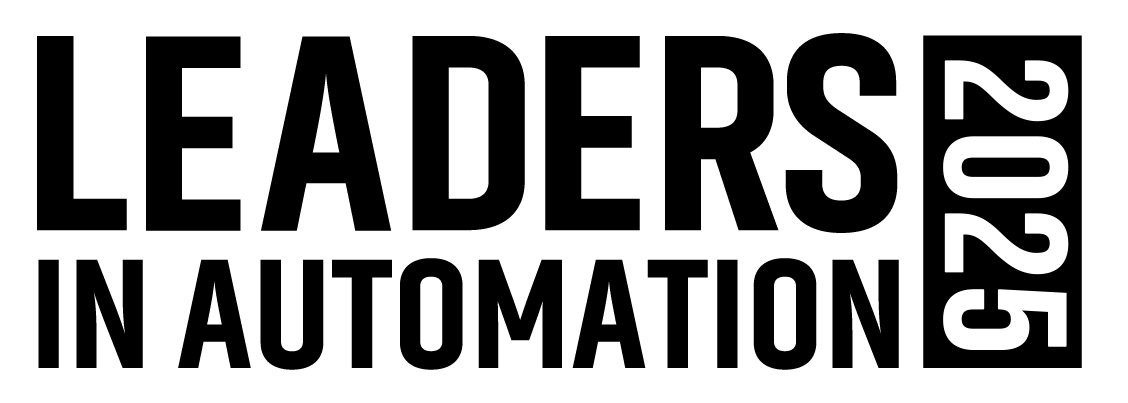Connecting MES, ERP and Supply Chain Planning for Real-Time Production Visibility
- Learn how manufacturers use supply chain planning software to align production with demand, manage inventory levels and automatically switch between suppliers when disruptions occur.
- How advanced planning tools help manufacturers build resilient sourcing strategies through alternate supplier management and dynamic decision-making capabilities.
- Plex's unified platform captures plant floor data once and makes it instantly available across production, inventory, quality and finance workflows.
Manufacturers have long faced the pressure of continuously optimizing operations, whether that’s been through Lean Manufacturing and Six Sigma programs or simply by keeping a close watch on waste, scrap and the bottom line.
What’s changed in the past few years has been the added task of maintaining visibility across increasingly complex supply chains. The volatility of these supply chains has been highlighted by impacts from the COVID pandemic to the Trump administration’s fixation on tariffs.
Automation World connected with Mike Hart (MH), senior director of product management, and Anna Sapelnikova (AS), product manager of supply chain planning, both of whom work at Plex by Rockwell Automation, to discuss how manufacturing automation platform software is being used to address industry’s supply chain issues.
If you’re not familiar with Plex, Rockwell Automation positions the Plex Smart Manufacturing Platform as being designed to connect, automate, track and analyze a company’s operations. Key software features of the platform include manufacturing execution system (MES), quality management system (QMS), enterprise resource planning (ERP), supply chain planning (SCP), connected worker, asset performance management, finite scheduling and production monitoring software.
AW: Explain how Plex MES connects to plant floor equipment for real-time production data and visibility. And, based on deployments of Plex MES to date, what types of data and visualizations tend to be preferred by end users?
MH: Plex MES enables automated data capture from the plant floor by connecting to PLCs, sensors and industrial devices — typically through OPC UA, edge gateways or middleware. Many customers use our Mach2 Platform to orchestrate data at the edge, streamlining information flow and control to boost efficiency, reduce costs and minimize errors. These connections support seamless, real-time collection of production data without manual input.
Once captured, data is surfaced to provide visibility into machine status, cycle times, downtime, quality checks and other key metrics — ensuring process control as well as more informed, faster decisions across the plant. While preferred insights and visualizations vary by industry, users consistently value contextual, real-time and actionable information delivered to the right person at the right time.
AW: Explain the plant floor connections to Plex MES and ERP that enable them to function together as a single source of production truth.
MH: Plex MES and ERP are part of the same Smart Manufacturing Platform, designed to work together seamlessly to create a single source of truth across the enterprise. Real-time data captured on the plant floor — via direct equipment integrations or operator input — is immediately available within ERP workflows, eliminating the need for duplicate systems or manual reconciliation.
This unified architecture ensures that data is captured and stored once, then contextualized across production, inventory, quality and finance — enabling accurate decision-making at every level of the organization.
In addition to plant floor connectivity, Plex ERP can also be integrated with other third-party systems across the business, such as:
- CRM (customer relationship management) for managing customer relationships, quoting, etc.
- Human resources and payroll systems for recruitment, payroll and onboarding.
- Business intelligence tools for advanced reporting and analytics. The result is a platform that’s not just C-suite focused; it’s used broadly across departments to drive efficiency, consistency and visibility.
AW: How are manufacturers using Plex SCP (supply chain planning) to direct production operations in relation to inventory management?
AS: Plex SCP integrates directly with Plex ERP, which connects to Plex MES, as Mike described, allowing data to flow between planning and execution layers. Manufacturers use Plex SCP to optimize inventory levels, track safety stock and ensure that production plans are aligned with actual demand and material availability.
The connection of Plex ERP to Plex MES provides real-time visibility into shop floor activity and ensures alignment with purchasing and sales data. This connected ecosystem allows planners to respond quickly to changes in demand or supply, reduce excess inventory and avoid stockouts — ultimately leading to more agile and efficient production operations.
AW: Are any Plex customers using SCP to get a better handle on navigating potential tariff impacts?
AS: SCP offers features that can help manufacturers build more resilient sourcing strategies in the face of global trade challenges. One such capability is the Alternate Suppliers functionality, which allows customers to define and manage multiple suppliers per an SKU/item. There are two ways manufacturers can use this feature:
- If a primary supplier becomes less viable, Plex SCP can switch to an alternate supplier based on more favorable lead times or cost criteria.
- If the SKU's/item’s primary supplier cannot meet the demand on time, Plex SCP will automatically create a new suggested order with the alternate supplier that will meet the demand on time. Users can choose to either continue with the new suggested order or modify the existing one. This enables manufacturers to maintain supply continuity and optimize sourcing decisions even in dynamic market conditions.
More supply chain insights from Automation World:
About the Author
David Greenfield, editor in chief
Editor in Chief

Leaders relevant to this article:


